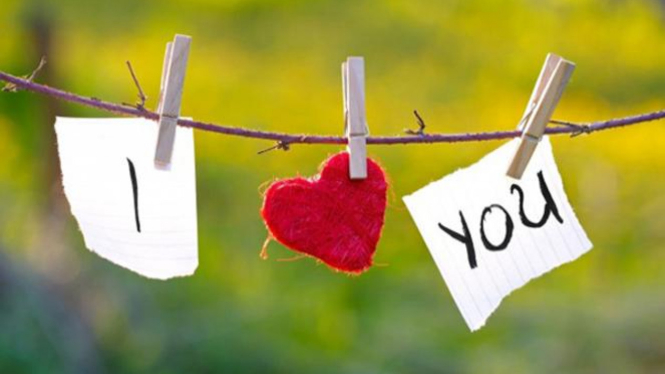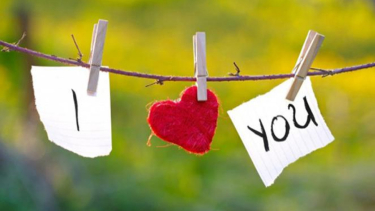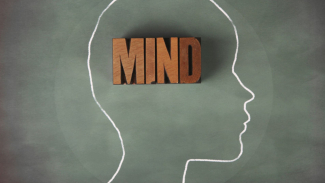- U-Report
VIVA – Falling in love can provide a sense of happiness for some people. But how does the brain react when it’s in love? It turns out that falling in love is associated with the release of key brain chemicals from certain parts of the brain, according to Gul Dolen, a professor of neuroscience at Johns Hopkins University School of Medicine in Baltimore.
Part of the brain is called the Hypothalamus. This almond-sized multi-functional region deep in the brain releases the hormone oxytocin or the called “Love chemical”. Oxytocin is a specialized hormone that encourages bonding. It is released during childbirth, breastfeeding, and orgasm and is cuddled by cells in the hypothalamus to the pituitary gland, where it is stored for later use.
“The first thing we have to clarify is what we mean by love. We have one word in English. The Greeks had six words for different types of love, from sexual desire, friendship to deep love,” Gul Dolen explained.
Ilustrasi jatuh cinta.
- U-Report
Not all love looks the same in the brain and different types of love, such as romantic love, parental bonding, or the affection of friends, have different strengths.
Although all of these feelings involve the same brain chemicals to some extent, they do not all come from the same neurons or nerve cells in the brain, as reported by Live Science, on Thursday, December 29, 2022.
Gul Dolen and his friends found that romantic love originates from magnocellular, or larger, neurons in the hypothalamus. While other forms of love, such as affection for a caretaker, originate from parvocellular or smaller neurons.
The research reported in Neuron Journal reveals another reason why romantic love overwhelms the senses. "It's not just a matter of size," says Dölen.
Falling in love releases 60,000 to 85,000 oxytocin molecules in magnocellular neurons. This is much more than in smaller neurons, which release 7,000 to 10,000 molecules.
Once released, the oxytocin molecules of romantic love and bonding love act differently. When oxytocin leaves the magnocellular neurons (romantic love oxytocin cells), it enters the bloodstream and circulates cerebrospinal fluid, which inundates the brain.
Wherever it encounters cells that have oxytocin receptors -adrenal glands, uterus, breast, and brain, love oxytocin binds to and activates those receptors.
Receptor responses vary by organ but include lactation, suppression of the stress response, and feelings of love, including attachment and euphoria.
"In contrast, your brain releases much smaller amounts of oxytocin from smaller neurons because you need to assess whether your caretaker will support you," he continued.
When oxytocin leaves parvocellular neurons (platonic oxytocin love cells), it is only delivered to specific synapses in the brain and does not wet the brain or enter the bloodstream.





















